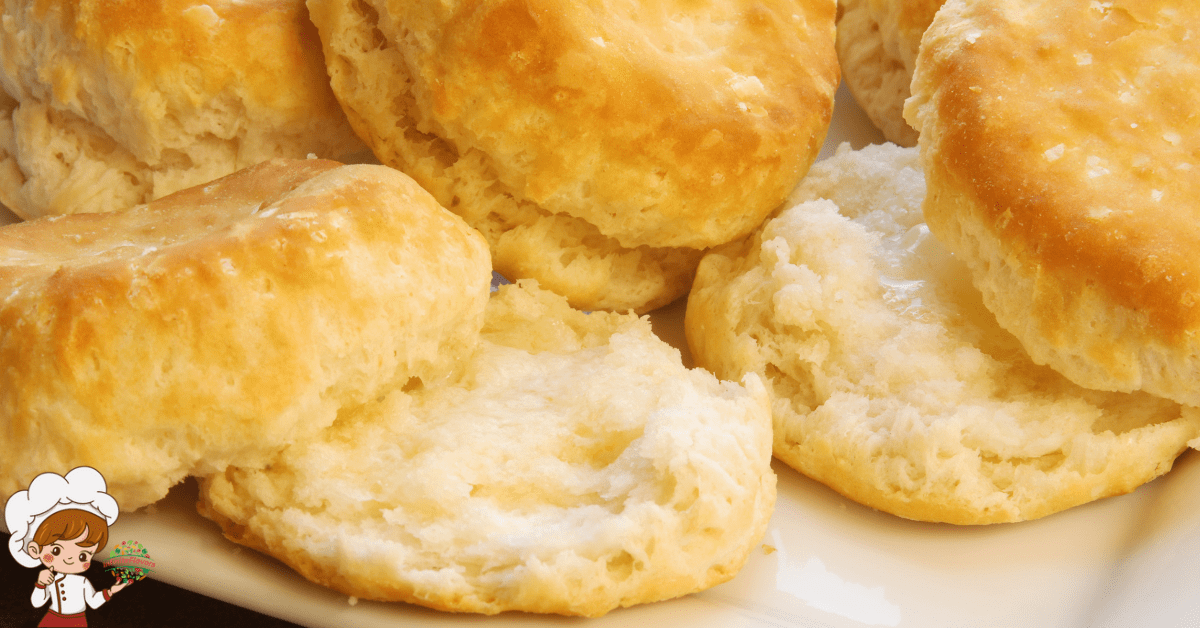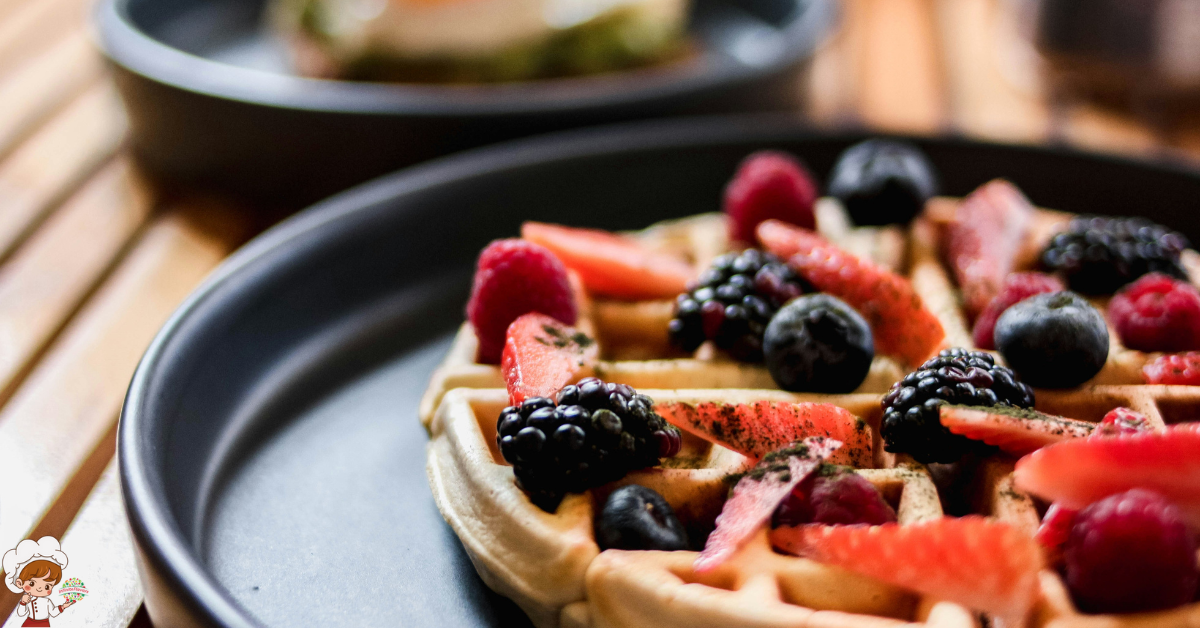The Best Homemade Donuts

Homemade Donuts, those delectable fried treats beloved by people of all ages, have a rich and diverse history that spans centuries and cultures. From their humble beginnings to their modern-day popularity, the story of homemade donuts is as fascinating as the treats themselves.
Early Origins: Exploring the Ancestral Roots of Homemade Donuts
The saga of homemade donuts traces its origins back to ancient civilizations, where variations of fried dough were a culinary staple. While exact records are scarce, evidence suggests that the concept of frying dough in fat dates back thousands of years across various cultures worldwide.
In ancient Greece and Rome, a precursor to modern donuts emerged in the form of “olykoek” or “oil cake.” This delicacy involved frying dough in olive oil and then sweetening it with honey or soaking it in wine. Similarly, the Dutch had their version of “olykoeks,” small balls of dough fried in fat, which served as a portable and satisfying snack.
Throughout history, fried dough appeared in various forms across different cultures, each with its unique spin on the concept. From the Middle East to Asia, people experimented with different ingredients, cooking methods, and flavorings to create their versions of fried dough delights.
These early iterations of fried dough laid the groundwork for what would eventually evolve into the beloved treat we now know as donuts. While the specific origins of the modern donut remain shrouded in mystery, it is clear that the concept of frying dough to create a delightful snack has been a part of human culinary heritage for millennia.
Evolution in Europe: From Medieval Fairs to Modern Bakeries
As Europe transitioned into the Middle Ages, fried dough continued to be a popular indulgence, especially during festivals and fairs. Vendors across the continent began selling various versions of fried treats, often flavored with spices, fruits, or sweet syrups. These fried delicacies became a symbol of celebration and were eagerly enjoyed by people from all walks of life.
In the 15th century, the Dutch brought their version of fried dough, known as “olykoeks,” to America, where it gained popularity among early settlers. Over time, olykoeks evolved into what we now recognize as donuts, with ingredients such as sugar, butter, and eggs being added to the dough to enhance flavor and texture.
By the 19th century, advancements in technology, such as the invention of the donut cutter, streamlined the production process, making donuts more accessible to the general public. Donut shops began popping up in cities across Europe and North America, offering a wide variety of flavors and fillings to satisfy every palate.
In the modern era, donuts have become a ubiquitous treat, enjoyed by people of all ages around the world. From traditional yeast-raised donuts to cake donuts and everything in between, the evolution of this beloved pastry continues, with new flavors and innovations constantly emerging to delight donut enthusiasts everywhere.
American Influence: Donuts in the Land of Opportunity
The 19th and 20th centuries marked a significant period of expansion and innovation in the realm of donut-making, particularly in the United States. As waves of immigrants arrived on American shores, they brought with them their own culinary traditions, including various forms of fried dough.
One notable example is the Dutch settlers who brought their olykoeks to America in the early 19th century. Over time, these Dutch treats evolved to suit American tastes, eventually becoming the donuts we know today.
However, it was during World War I that donuts truly cemented their place in American culture. The Salvation Army famously provided donuts to American soldiers serving overseas, a gesture that not only boosted morale but also solidified the association between donuts and patriotism.
In the post-war era, donuts became a staple of American cuisine, with countless mom-and-pop shops and large-scale chains popping up across the country. These establishments offered a dizzying array of flavors and fillings, catering to every imaginable preference.
The 20th century also saw the rise of iconic American donut chains, such as Dunkin’ Donuts and Krispy Kreme, which helped popularize the sweet treat on a global scale. Their innovative marketing strategies and commitment to quality solidified their status as household names and further entrenched donuts in the fabric of American society.
Today, the United States boasts a thriving donut culture, with enthusiasts lining up for everything from classic glazed donuts to avant-garde creations topped with bacon or filled with unconventional ingredients. Donuts continue to evolve and adapt to changing tastes and trends, but their status as a beloved American indulgence remains unchanged.
Industrial Revolution and Mass Production:
The industrial revolution of the 19th century brought significant changes to the donut industry. With the invention of the donut cutter and the development of automated frying equipment, donut production became faster and more efficient. Donut shops and bakeries began popping up across the United States, offering a wide variety of flavors and toppings to cater to different tastes.
Pop Culture and Iconic Status:
In the 20th century, donuts became a staple of American pop culture, thanks in part to their portrayal in movies, television shows, and advertisements. Iconic donut chains like Dunkin’ Donuts and Krispy Kreme gained widespread popularity, solidifying the donut’s status as a beloved comfort food.
Homemade Renaissance: A Return to Tradition
While commercial donut shops and chains proliferated across the United States, a parallel movement was quietly brewing in kitchens across the country: the homemade donut renaissance. As the 20th century progressed, more and more home cooks began to rediscover the joys of making donuts from scratch.
One factor driving this resurgence was a growing interest in traditional cooking methods and ingredients. As people sought to reconnect with their culinary heritage, they turned to recipes passed down through generations or unearthed from old cookbooks. These recipes often called for simple, wholesome ingredients like flour, sugar, eggs, and yeast – items that were readily available and affordable for the average household.
Advancements in kitchen technology also played a role in the homemade donut revival. Electric mixers, deep fryers, and other appliances made the donut-making process more accessible and convenient than ever before. Home cooks could now whip up a batch of fresh, hot donuts with relative ease, transforming their kitchens into miniature donut shops.
Another driving force behind the homemade donut renaissance was the desire for customization and creativity. While commercial donut shops offered an impressive array of flavors and toppings, many enthusiasts found satisfaction in experimenting with their own unique combinations. From classic glazed donuts to innovative creations featuring exotic spices or artisanal fillings, homemade donuts became a canvas for culinary expression.
The rise of social media further fueled the homemade donut trend, with enthusiasts sharing their creations online and inspiring others to try their hand at donut-making. Platforms like Instagram and Pinterest became virtual galleries showcasing an endless stream of tantalizing donut photos, sparking a wave of creativity and innovation in home kitchens around the world.
Today, the homemade donut renaissance shows no signs of slowing down. As more people embrace the joys of from-scratch cooking and seek out ways to put their own spin on classic recipes, homemade donuts continue to hold a special place in the hearts – and stomachs – of food lovers everywhere.

Homemade Donuts
Ingredients
- 2 ¼ cups all-purpose flour
- ½ cup granulated sugar
- 2 teaspoons baking powder
- ½ teaspoon salt
- 1 teaspoon ground cinnamon optional
- 2 large eggs
- ½ cup milk
- ¼ cup unsalted butter melted
- 1 teaspoon vanilla extract
- Vegetable oil for frying
- For the Glaze:
- 2 cups powdered sugar
- ¼ cup milk
- 1 teaspoon vanilla extract
Instructions
- Prepare the Dough:
- In a large mixing bowl, sift together the flour, sugar, baking powder, salt, and ground cinnamon (if using).
- In another bowl, whisk together the eggs, milk, melted butter, and vanilla extract until well combined.
- Pour the wet ingredients into the dry ingredients and mix until a soft dough forms. Be careful not to overmix.
- Shape the Donuts:
- On a lightly floured surface, roll out the dough to about ½ inch thickness.
- Use a donut cutter or two differently sized round cookie cutters to cut out donut shapes from the dough. Alternatively, you can use a knife to cut out donut shapes.
- Transfer the donuts to a baking sheet lined with parchment paper. Save the donut holes if desired.
- Fry the Donuts:
- In a large, deep skillet or Dutch oven, heat about 2 inches of vegetable oil over medium heat until it reaches 350°F (175°C).
- Carefully place the donuts in the hot oil, a few at a time, making sure not to overcrowd the pan.
- Fry the donuts for 1-2 minutes on each side, or until they are golden brown and cooked through.
- Use a slotted spoon to transfer the fried donuts to a wire rack lined with paper towels to drain excess oil.
- Prepare the Glaze:
- In a medium bowl, whisk together the powdered sugar, milk, and vanilla extract until smooth.
- If desired, you can add food coloring or flavorings to the glaze for extra variety.
- Glaze the Donuts:
- While the donuts are still warm, dip each one into the glaze, coating it completely.
- Allow any excess glaze to drip off, then return the glazed donuts to the wire rack to set.
- Serve and Enjoy:
- Serve the homemade donuts warm or at room temperature.
- Enjoy them plain or with your favorite toppings, such as sprinkles, chopped nuts, or shredded coconut.
- Store any leftover donuts in an airtight container at room temperature for up to 2 days. Warm them briefly in the microwave before serving, if desired.
Conclusion:
Homemade donuts may have humble origins, but their journey through history has been anything but ordinary. From ancient civilizations to modern-day bakeries, donuts have captured the hearts and taste buds of people around the world. Whether enjoyed as a morning treat with coffee or as a sweet indulgence after dinner, homemade donuts continue to delight and inspire us with their timeless appeal.








